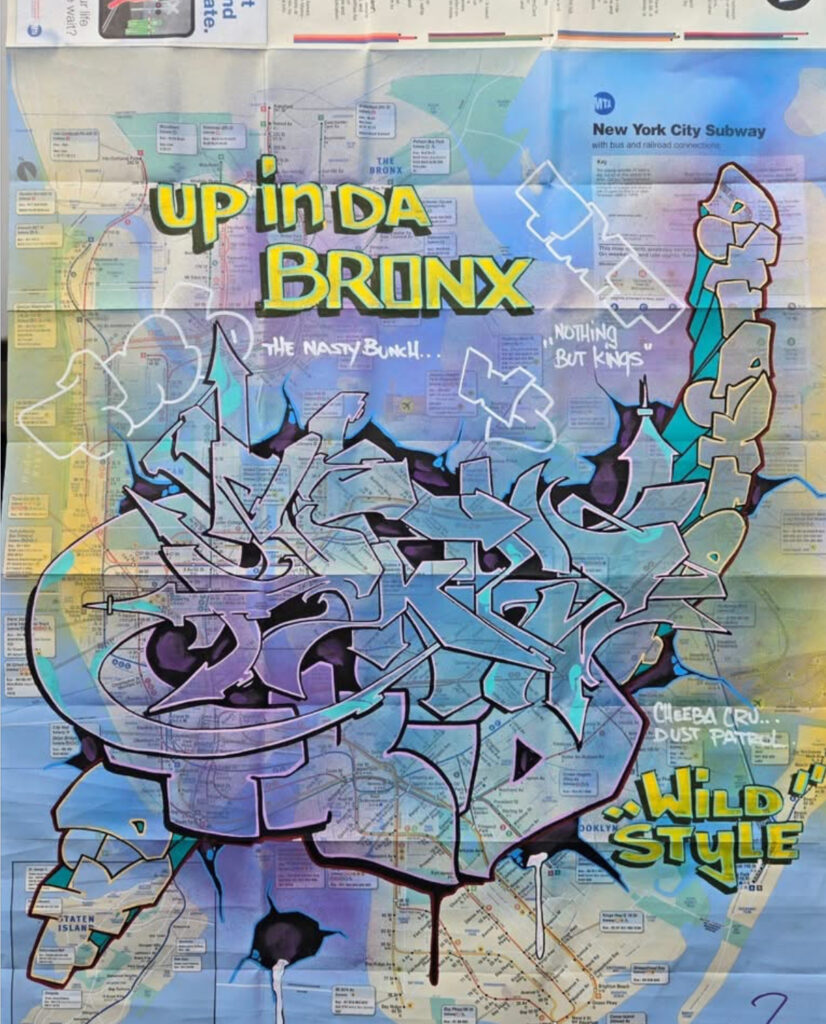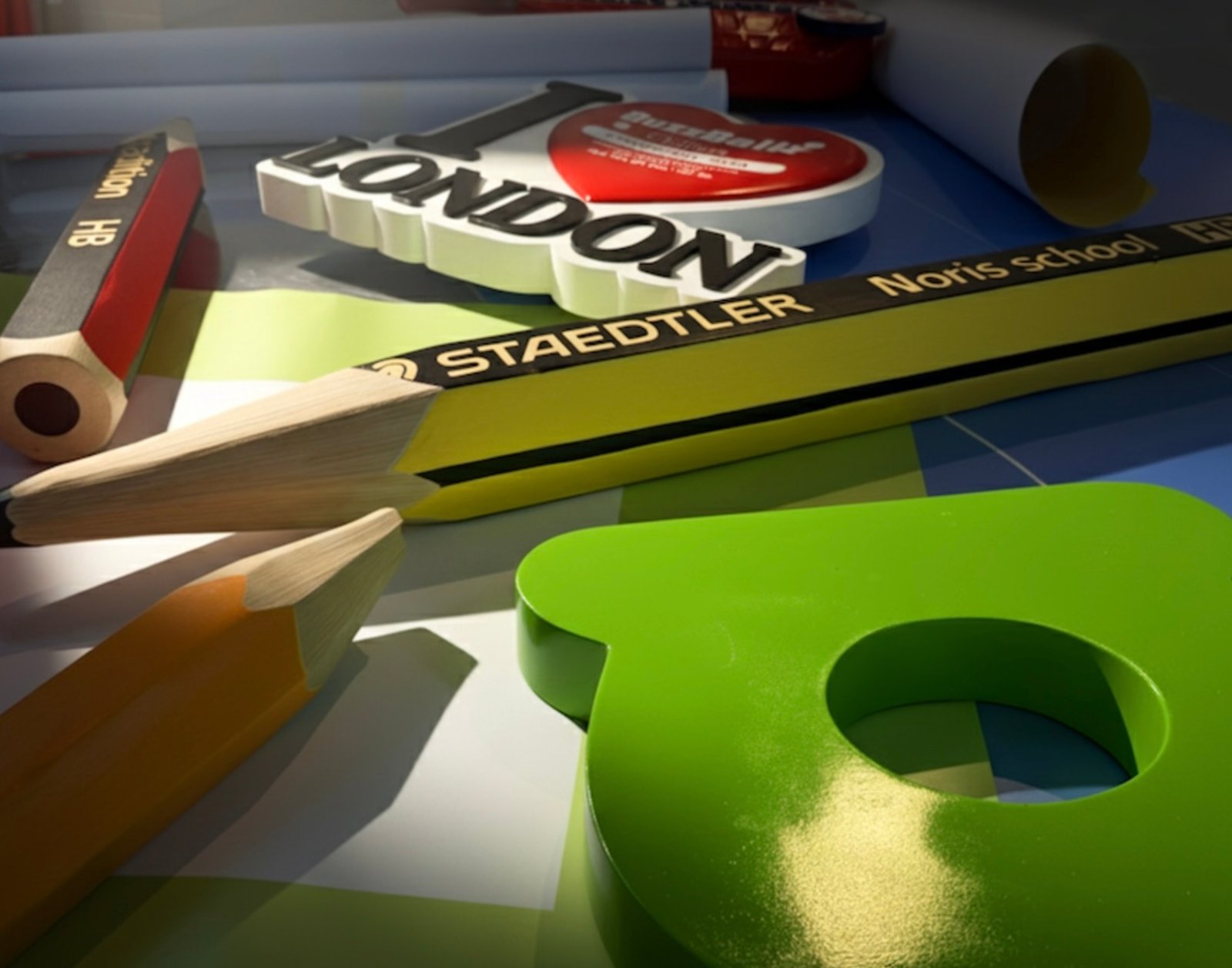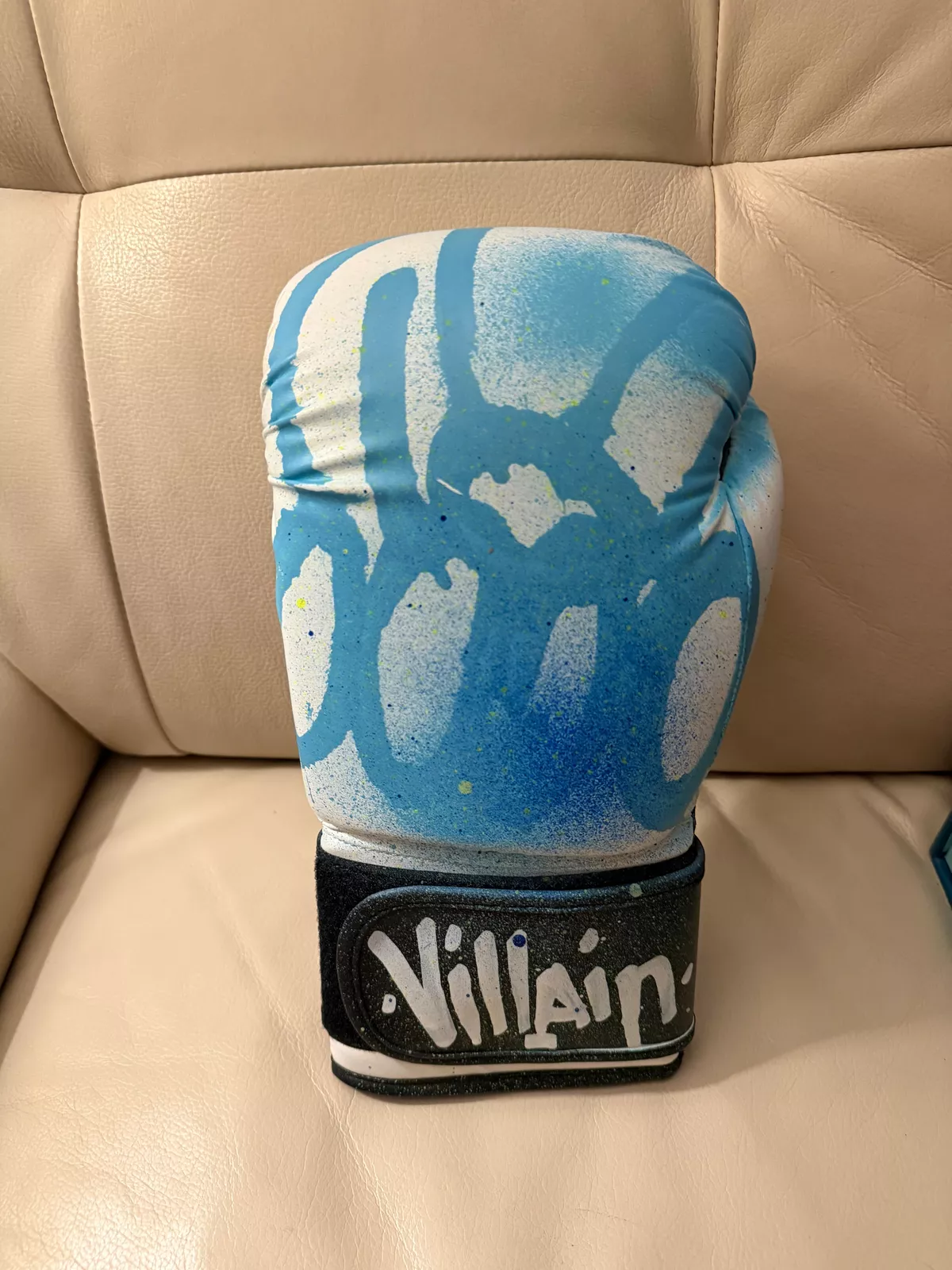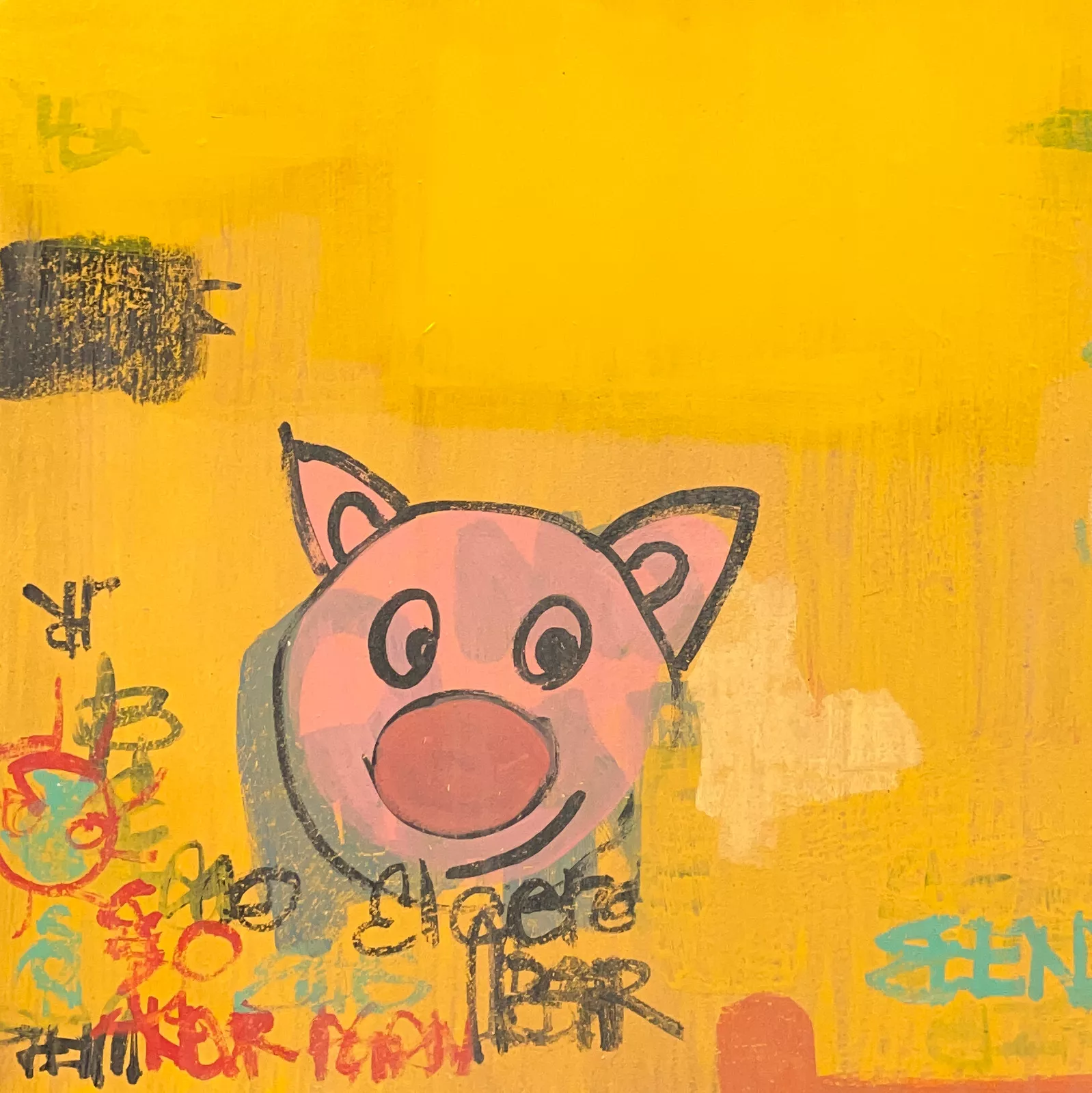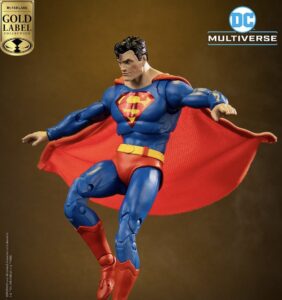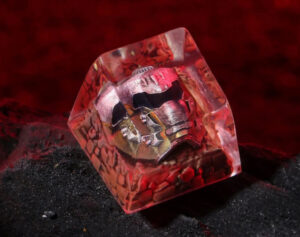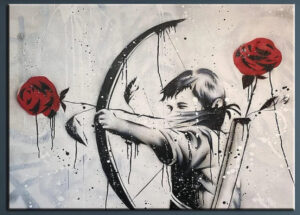In the pantheon of graffiti subgenres, one reigns supreme for its complexity, audacity, and cultural weight—Wildstyle. Emerging from the asphalt jungle of New York City in the 1970s, Wildstyle isn’t just a type of graffiti. It’s a coded language, a secret script, and a visual battlefield where style equals status. For the likes of T-Kid 170—aka “The Nasty Terrible T-Kid 170,” a revered legend in crews like TNB and TMT—Wildstyle wasn’t a phase or fad. It was an identity, a movement, and an eternal canvas of rebellion.
Origins: The Urban Pulse of a Style Born in Struggle
Wildstyle was born out of New York’s outer boroughs in the late 1970s, particularly the South Bronx. In a city wracked with economic decay, gang violence, and neglected public infrastructure, youth turned to art as survival. They didn’t have galleries or canvases—they had walls, train cars, and rooftops.
The style developed alongside breakdancing, DJing, and MCing, forming the four pillars of hip-hop culture. But among these, graffiti was the most directly confrontational: it hijacked public space and forced the city to witness its creators. Tags, the earliest form of graffiti, quickly evolved into “pieces” (short for masterpieces), and Wildstyle became the most elite and complex visual dialect.
What Is Wildstyle?
At its core, Wildstyle is graffiti turned into encrypted visual language. Letters are abstracted, interwoven, overlapped, and pushed to the point of near-illegibility—a deliberate decision that filters the audience to those “in the know.” Arrows, spikes, loops, and 3D backgrounds combine with explosive colors, forming kaleidoscopic compositions that vibrate with motion.
Wildstyle isn’t meant to be easily read; it’s meant to be felt. It’s an aesthetic assault and an insider’s game. The artist flaunts mastery not just over spray technique but also over form, rhythm, and flow. These works aren’t about clarity—they’re about domination of the wall.
T-Kid 170: A Legend in Every Stroke
No discussion of Wildstyle is complete without T-Kid 170. Born Julius Cavero in the South Bronx, he began tagging in the 1970s and quickly became known for his fierce lettering, technical brilliance, and unwavering street presence. His style walked the tightrope between aggressive movement and graceful control, and he elevated Wildstyle to a level that rivaled fine art.
T-Kid was a member of crews like TNB (The Nasty Boys) and TMT (The Magnificent Team)—names that still echo in graffiti lore. His reputation was earned painting entire subway cars, battling rival crews with burners (full-color pieces), and pushing letterform innovation. He was also one of the early writers to bridge the New York and European scenes, spreading the gospel of Wildstyle internationally.
Wildstyle as a Language of Resistance
Why make letters so hard to read? Wildstyle’s obscurity is not aesthetic arrogance—it’s resistance. By encrypting the message, artists exclude the authorities, the uninitiated, and the hostile gaze. It’s coded communication among writers, a secret handshake painted in aerosol.
In a city where graffiti was criminalized and equated with blight, the complexity of Wildstyle became its shield. Its refusal to be understood by outsiders turned it into a visual form of protest. The very illegibility of Wildstyle is its strength—a symbol of autonomy, defiance, and subcultural sovereignty.
Wildstyle in Pop Culture and Global Expansion
The 1983 cult film “Wild Style” by Charlie Ahearn solidified the name and aesthetic in public consciousness. Featuring real-life legends like Lee Quiñones, Lady Pink, and Fab 5 Freddy, the film showed how Wildstyle operated not just as art but as lifestyle.
As hip-hop culture expanded globally in the 1980s and ’90s, so too did Wildstyle. From Berlin to São Paulo, Tokyo to Johannesburg, graffiti crews adopted and adapted the style. Yet the original ethos—rebellion through complexity, style over readability—remained intact.
T-Kid 170 was one of the key figures in this global diffusion. He painted in Paris, Amsterdam, Frankfurt, and more, forming connections that helped bring Wildstyle into the global street art lexicon.
Aesthetic Characteristics: Chaos with a Code
To understand the structure of Wildstyle is to appreciate its mathematical elegance. Despite its outward chaos, there are rules:
- Letter foundation: The base of Wildstyle is traditional graffiti lettering, stretched and mutated.
- Connectors and arrows: These guide the eye and suggest motion.
- Color theory: Artists often use complementary colors or color gradients to emphasize layers.
- Depth and shadows: Techniques like 3D block shadows give the illusion of floating or bursting letters.
- Characters and motifs: Often added as signatures or to set tone—cartoon figures, skulls, b-boys, etc.
It’s a grammar of aesthetic warfare. Every line has purpose. Every arrow has attitude.
Institutional Recognition and the Museum Debate
As street art entered galleries and auction houses, Wildstyle’s transition from vandalism to museum-worthy art became inevitable. But not everyone celebrated this shift. Writers like T-Kid warned of commodification without context—selling rebellion without respecting its roots.
That said, artists like Futura 2000, Crash, Daze, and T-Kid himself have shown work in museums and international exhibitions, helping to legitimize graffiti as an art form without abandoning its origins. T-Kid’s canvases retain the spirit of the streets—unapologetic, frenetic, and pulsing with coded emotion.
Legacy: Wildstyle Lives
The hashtags don’t lie:
#wildstyle4life #wildstyleawayoflife
Wildstyle isn’t nostalgia. It’s living history. New generations, from Brooklyn rooftops to Berlin train yards, still pick up cans and enter the style wars. Writers remix, reinterpret, and digitize the style, but its DNA remains pure.
T-Kid continues to influence street culture, both as a practicing artist and a mentor. His story is proof that Wildstyle isn’t just paint—it’s pedagogy, philosophy, and personal revolution. He and his peers laid the foundation for the now-thriving global street art ecosystem. They carved paths with paint.
Writing the Future on the Walls
Wildstyle is hard-earned freedom, each spray can a tool of expression and rebellion. From cryptic tags to full-car burners, from New York alleys to Parisian galleries, it has carved its name into modern art history—not with permission, but with persistence.
Artists like T-Kid 170 embodied the Wildstyle ethos: style is everything, the message is in the medium, and the medium refuses to be tamed. If you don’t understand it, maybe you weren’t meant to. But for those who do, it’s a brotherhood, a battlefield, and a badge.
No comments yet.

